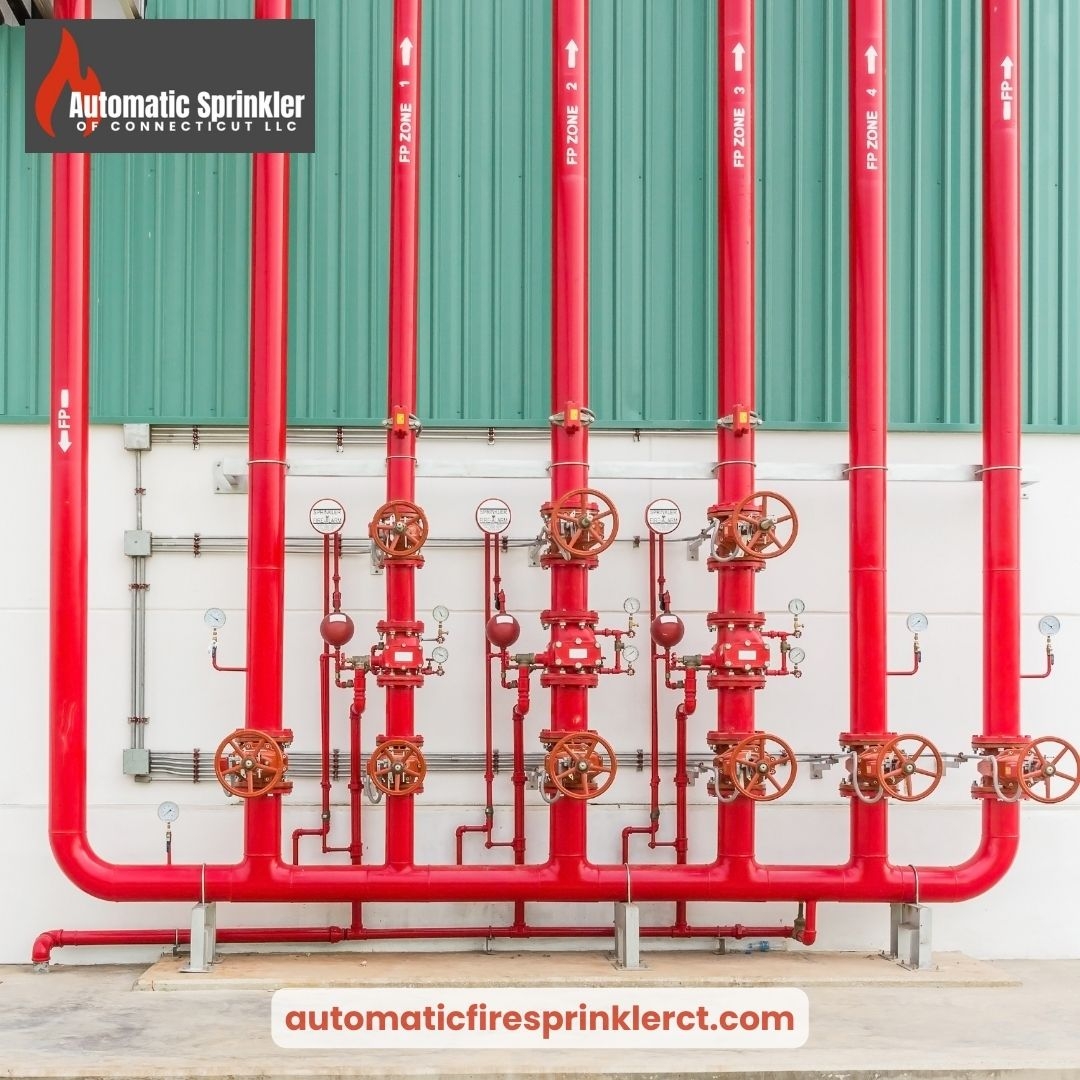The Inner Workings of Fire Sprinkler Technology

A Deep Dive Into The Mechanisms of Fire Sprinklers
Few inventions in the history of fire protection have been as revolutionary as the fire sprinkler system. These inconspicuous devices have saved numerous lives and homes throughout the years. But how precisely do they work? In this article, we'll look at the mechanisms underlying fire sprinkler systems, including their components, activation procedure, and the critical function they play in fire safety.
The Anatomy of a Fire Sprinkler System
Pipes & Water Supply*
At the heart of any fire sprinkler system is a network of water-filled pipes. These pipes are intentionally put throughout a building to ensure complete coverage. Water is normally obtained from the building's main water supply.
Sprinkler Heads: The Frontline Defenders
The sprinkler heads are, of course, the most visible feature of any fire sprinkler system. These are deliberately placed to cover specific locations. Each sprinkler head has a heat-sensitive element.
Activation: How Fire Sprinklers Respond to Heat
The Role of Heat in Activation
Fire sprinklers respond to heat rather than smoke. A sprinkler head's heat-sensitive element is designed to react to temperatures associated with a fire.
Individual Response, Maximum Efficiency
Individual activation is a critical feature of fire sprinklers. In contrast to a blanket system, where all sprinklers activate simultaneously, just the sprinkler head nearest to the heat source will activate in a fire sprinkler system. This focused response reduces water damage and assures optimum effectiveness in extinguishing with strong fire extinguishing services.
Types of Fire Sprinkler Systems
Wet Pipe Systems
Water is continually present in the pipes of a wet pipe system. This implies that when a sprinkler head is engaged, water is immediately poured onto the flames.
Dry Pipe Systems
Dry pipe systems are employed in places where freezing temperatures are an issue. Instead of water, these pipelines are filled with pressured air. When a sprinkler head is actuated, the air pressure drops, allowing water to flow through the system and onto the fire.
The Critical Role of Fire Sprinklers in Fire Safety
Rapid Reaction, Maximum Impact
One of the most significant advantages of fire sprinklers is their capacity to respond quickly. Fire sprinklers can be the difference between a controllable situation and a deadly inferno during the vital early seconds of a fire, when every second matters.
Keeping Property Damage to a Minimum
Aside from protecting lives, fire sprinklers play an important role in reducing property damage. They restrict the extent of destruction by containing and frequently extinguishing fires before firefighters arrive.
Final Thoughts
Fire sprinkler systems serve as invisible guards, ready to activate in the event of an initial indication of danger. They have established themselves as key tools in the field of fire protection due to their smart structure and quick response to temperature conditions. Their presence gives companies and residents alike important piece of mind, knowing that a formidable force is safeguarding lives and property in the case of a fire.
- Industry
- Art
- Causes
- Crafts
- Dance
- Drinks
- Film
- Fitness
- Food
- Games
- Gardening
- Health
- Home
- Literature
- Music
- Networking
- Other
- Party
- Religion
- Shopping
- Sports
- Theater
- Wellness
- News


